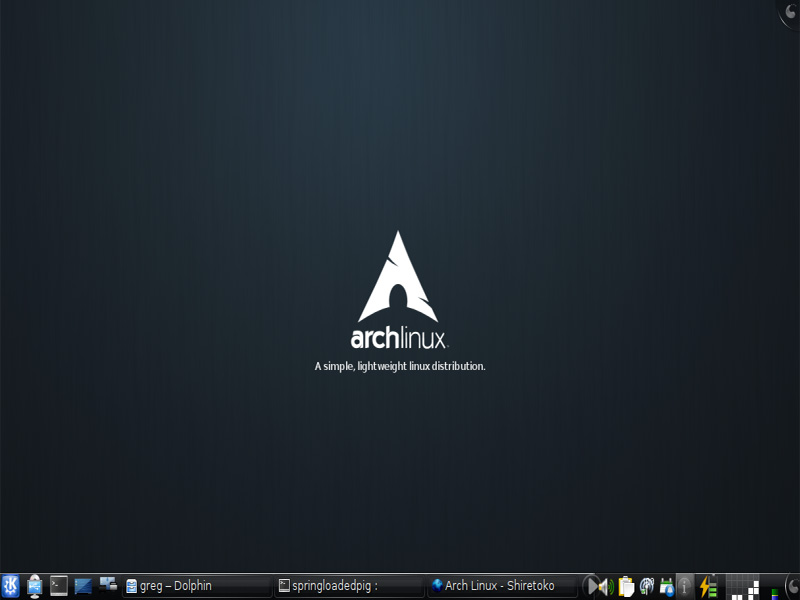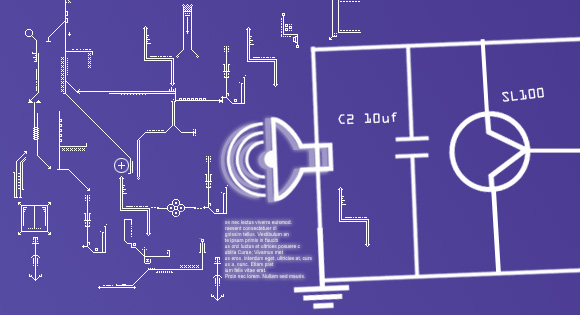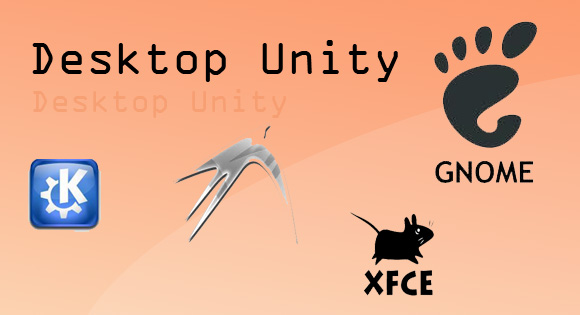Choose linux
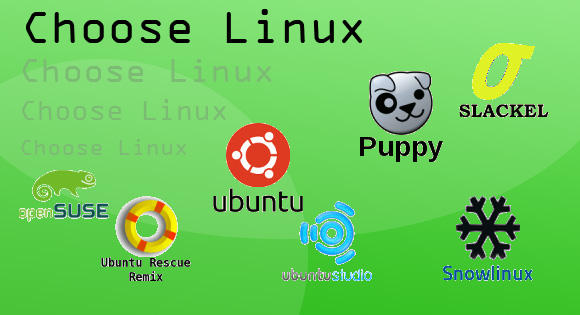
For anyone one who is new to Linux is very easy to be confused in choosing a Linux distributer that is why we created this page.
As the Linux is not a completely user friendly version (it requires some programming knowledge) , there are many distributors making it friendly to user.
There are many distributors; in this page we have reviewed a few popular distributors.
A Linux distribution is a collection of software applications built on top of the Linux kernel and operating system.
To know about more distributors go official website of linux Foundation, to check desktop distributer , to check for distributer Providing live cd
1)Ubuntu ->

Launched in September 2004 .Ubuntu took off like no other projects did before, and soon enough it was on the top of the list of Linux users and developers. Up until now, Ubuntu still remains to be the most popular desktop Linux distribution. Financed by the company of a South African multimillionaire, the Ubuntu had all the programming and marketing edge other Linux distros did not have before.
Ubuntu is based on Debian , with some prominent packages, such as GNOME, Firefox and OpenOffice.org, updated to their latest versions. It releases new version regularly in a 6-month release schedule, with an occasional Long Term Support (LTS) release that is supported with security updates for 3 – 5 years, and non-LTS release are supported for 18 months.
Other special features of Ubuntu include an installable live CD, creative artwork and desktop themes, migration assistant for Windows users, support for the latest technologies, such as 3D desktop effects.
THIS IS THE EASIEST LINUX FOR BEGINNERS
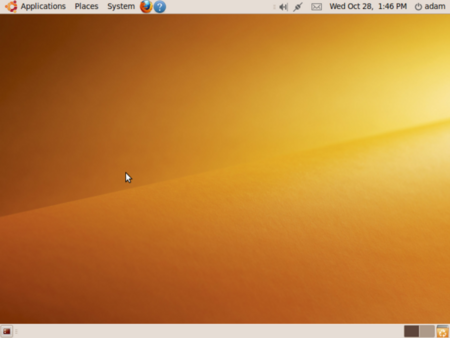
2) OpenSUSE –>

OpenSUSE introduced back in 1992 by four German Linux enthusiasts. OpenSUSE was originally launched under the name SuSE, which stands for Software und System Entwicklung, Linux.
The program was written on floppy disks with the German edition of Slackware Linux, on May 1996 when it became an independent distribution. SuSE Linux was acquired by Novell, Inc. in 1993 and has undergone major changes since then, such as in the development, licensing and distribution. The popularity of the OpenSUSE is attributed to its frequent releases, easy availability across Europe and North America, and excellent printed documentation.
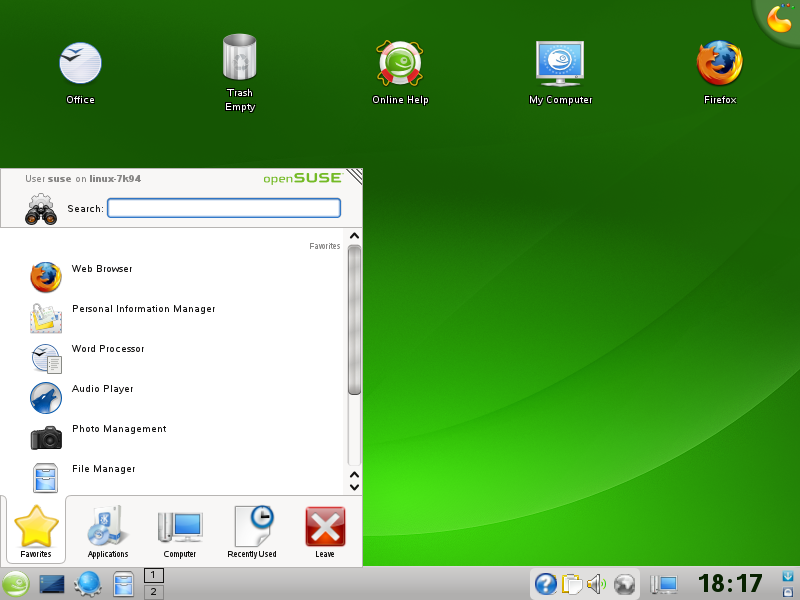
3) Fedora ->

Fedora was formally launched in September 2004, although it has it origins to 1995. It was originally launched by two young Linux visionaries under the name of Red Hat Linux, which was the company’s first product.
In 1997, Red Hat was released with a new RPM package management system and other advanced features, greatly contributing to the program’s quick road to popularity. Before the Ubuntu, the Red Hat was the most used Linux distribution in the world.
After the release of Red Hat Linux 9, the company introduced Fedora, although it retained the Red Hat trademark for its commercial products. Fedora is a community-oriented distribution designed with the Linux hobbyist in mind. After a series of quality releases, Fedora became one of the best-loved operating systems on the market, with Red Hat becoming the most profitable Linux Company in the world.
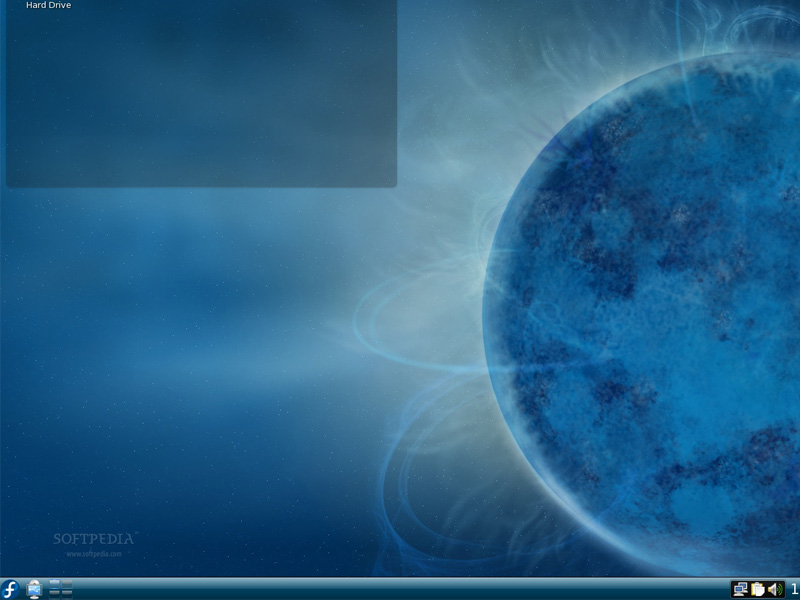
3) Fedora ->

Launched in 1993, Debian was founded by Ian Murdock. With the help of hundreds of volunteer software developers working on the project in their spare time, the Debian was the biggest non-commercial software project.
In less than a decade, Debian became the largest Linux distribution amidst great skepticism from many consumers. Attributing success to its ingeniousness, Debian’s progressive integration and stabilization of its packages and features make it one of the most widely used non-commercial projects of all time. Debian’s well-established quality control mechanisms also gave it the reputation of being the most bug-free and excellently-tested Linux distributions available on the market today.
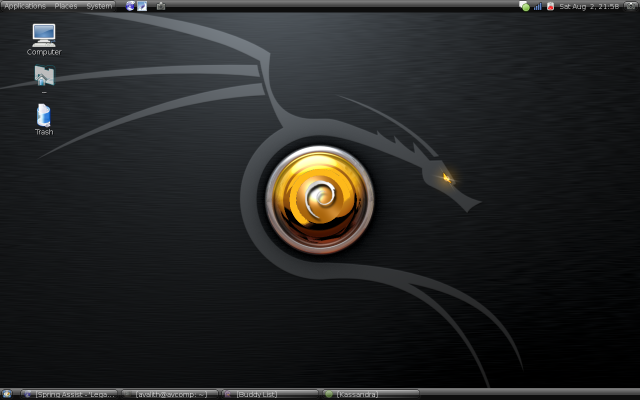
3) Fedora ->

The KISS (keep it simple, stupid) philosophy of Arch Linux was devised in around the year 2002 by Judd Vinet, a Canadian computer science graduate who launched the distribution in the same year.
For several years it lived as a marginal project designed for intermediate and advanced Linux users and only shot to stardom when it began promoting itself as a “rolling-release” distribution that only needs to be installed once and which is then kept up-to-date thanks to its powerful package manager and an always fresh software repository.
As a result, Arch Linux “releases” are few and far between and are now limited to a basic installation CD that is issued only when considerable changes in the base system warrant a new install media.
